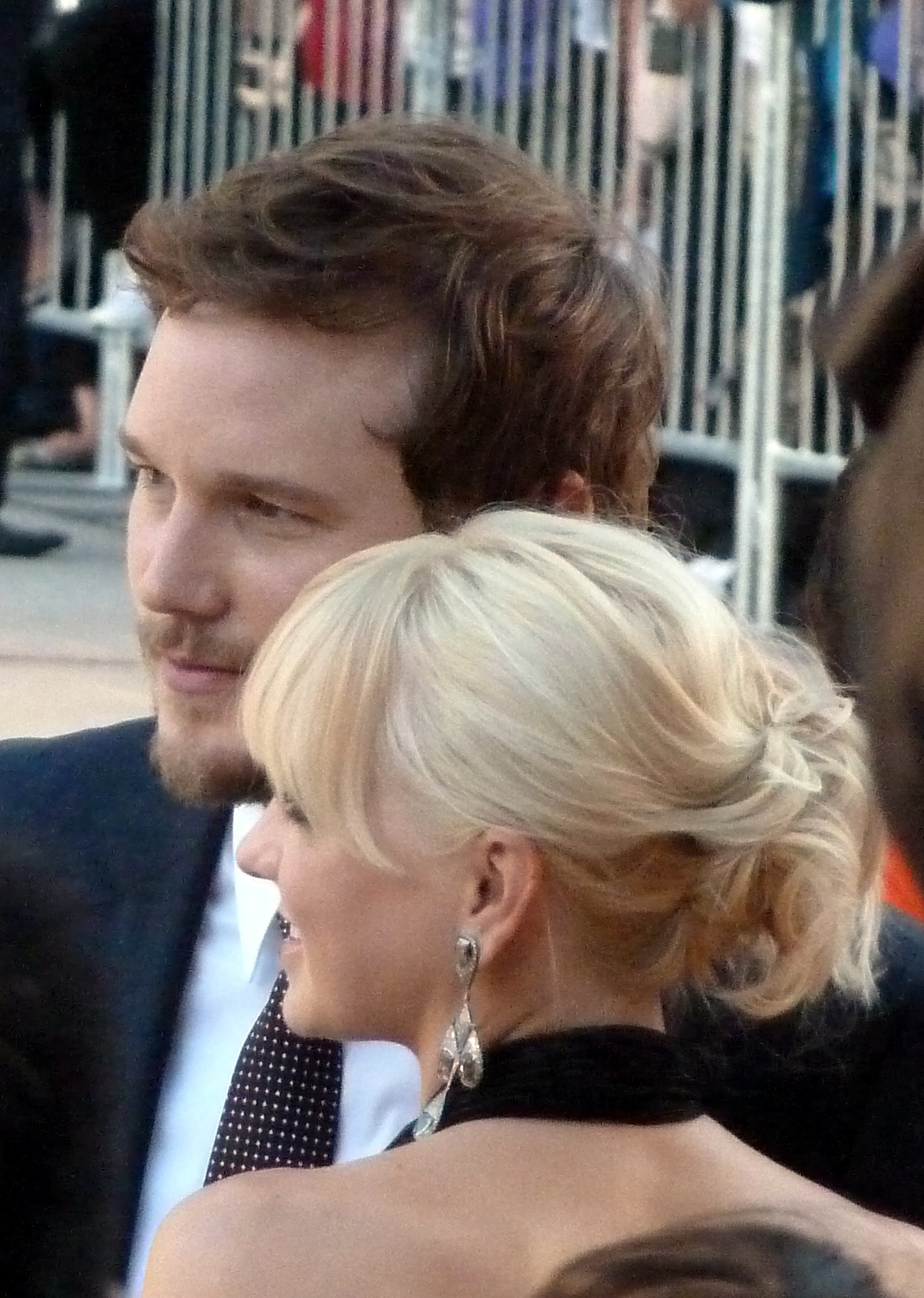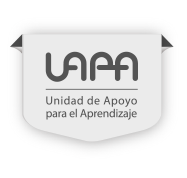Content
Connectors
Connectors show the relationship between the ideas. There are coordinating (and - but) subordinating (before, after) and transiting connectors (first, then, next, after that, finally, later).
Let's explore the use of each of them.
Joins two independent clauses and there is usually a comma before it.
A good exercise routine and a healthy diet can help you lose weight.

|

|
Exercise and healthy diet
They join the main idea with another idea (dependent) that only makes sense if you mention the main purpose. The connector usually goes before the dependent sentence.


I didn't like my body.

Before and after doing exercise
Note: The order of the ideas is not relevant.
I didn't like my body 


This idea is not clear without the rest of the sentence. This is the dependent sentence.

Dependent sentence
Used between two independent ideas, to jump from one idea to the next without losing the connection.

Adapted from (J. Robinson, 2016)
First, Chris played a role in “Parks and recreation.” After that, he acted in the movie “What's your number.” Then, he met Anna Faris. Finally, he married her.

Unknown (2011) Moneyball 15. [photo]. Retrieved fon 2017, August 9 from: https://www.flickr.com/photos/tonyshek/6929856309/sizes/l
Connectors have different meanings and using them correctly will help you express your ideas better.
- To add another idea (and)
- To show a difference (but)
- To show a time relationship (first, then, next, after that, before, later, finally)
We use it to put together two or more similar ideas or items in a list, usually before the last thing on the list.
Example
Anna Faris and Chris Pratt starred in a movie together.
I did everything my mom asked me to do. I washed the dishes, set the table, cleaned my room and bathed the dog.
Expresses a contrasting or opposite idea.
Example
I was very hungry but I didn´t have time to eat.
We use them to show the order and structure of what we say. First to stablish the beginning of our story and Finally to show the end after other events.
Example
First I decided to cook something special, then I looked for the recipe in YouTube, after that I went to the supermarket for the ingredients and finally I started to cook.
We use it to show that whatever is said follows logically from something previously mentioned.
Example
First I decided to cook something special, then I looked for the recipe in YouTube.
We use next when we want to talk about an action that happened after another in chronological order. It is usually used to give instructions or to avoid repeating another word that expresses a chronological order. A comma frequently follows it if it is at the beginning of the sentence. Sometimes is used with the article “the” to emphasise that the action after “next” is logically the second in order.
Example
First I decided to cook something special. Next, I looked for the recipe on YouTube.
This connector that helps us link two ideas. When we use it in the middle of both ideas, it means the second one happened immediately after the first.
Example
I went to the cinema, after that I visited a friend at her house.
When we use it at the end of both ideas it is to make reference to the first one without repeating it.
Example
I went to the cinema and I visited a friend after that.
We use later to talk about an event that will occur in the future or after another previous event. After using later, we need to be specific about when something will happen.
Example
I went to the cinema before I visited a friend.
Before I visited a friend, I went to the cinema
If “before” is followed by a verb, that verb needs to be conjugated in –gerund (ing).
Example
Before visiting a friend, I went to the cinema.
We used later to talk about an event that will occur in the future or after another previous event. After using later we need to be specific about when something will happen.
Example
I saw my friend in the morning and; later, that day we spoke on the phone.
(Swan, 2005)



